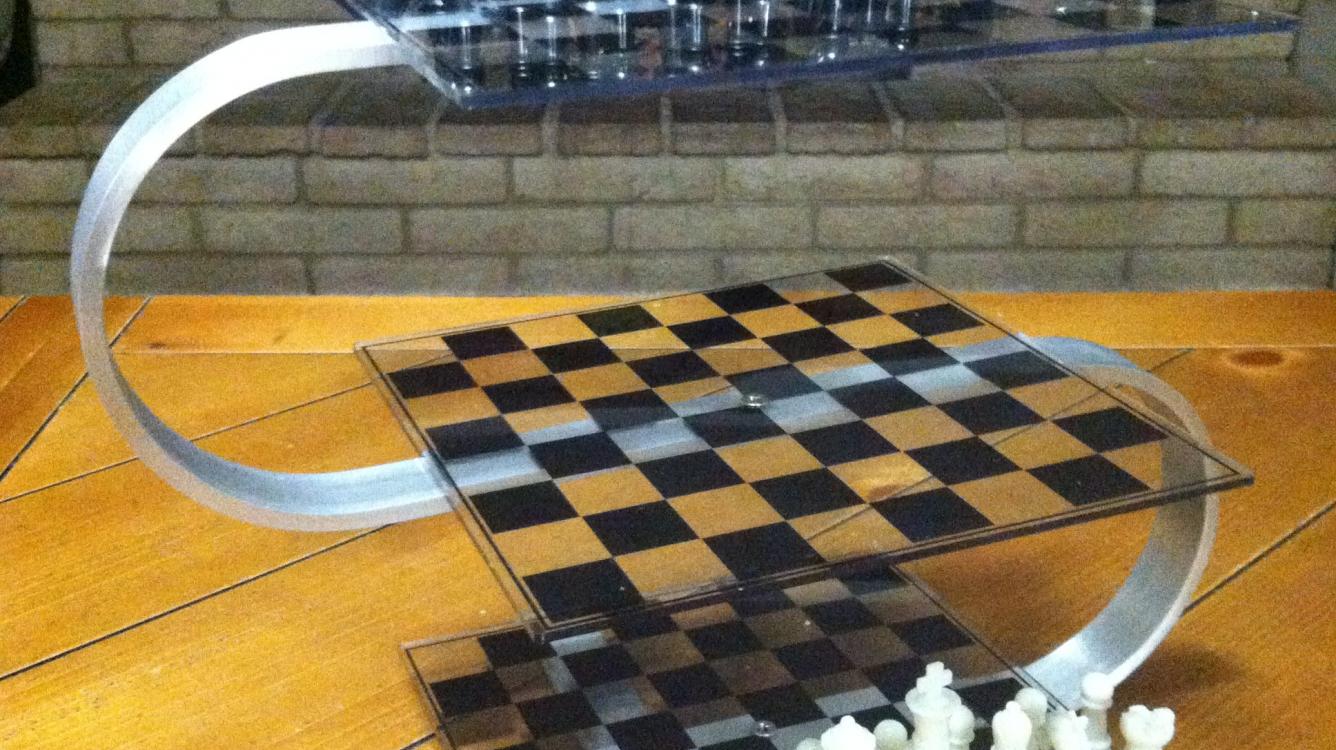
Millennium Chess - The Queen and King
In this post, I will continue my exposition of Millennium Chess by explaining the motion of the queen and the king.
The queen remains the most powerful piece on the board, as always. And just as in classic chess, the queen combines the motion of the bishop and the rook, moving one square along its normal path for each level it moves or straight up and down whenever it changes levels. Of course, this is in addition to classic chess motion, which may occur within a single plane.
As always, the king may move one square in any direction.
See the below diagrams for the motion of the queen and the king. Boards 1, 2, and 3. The white pieces represent your pieces, and the black pieces represent the squares to which they can move. (Due to technical inability, I will be using black pawns, instead of black kings, to designate the squares to which the king may move.)
A note on castling: Castling is for many an important part of the game of chess. In this variant, castling is still an option, but it is not as quite powerful as it was originally. There is no three-dimensional castling equivalent. The rules of castling remain completely unchanged. Always remember, though, that you can now be attacked from above or below after you have castled, so don't let your insulation become a trap!
That's it for the motion of the queen and king in Millennium Chess. It seems simple to me, and I hope it does to you as well. As always, if you have any thoughts or questions, please post them in the comments section! And check back for my final post, explaining the motion of the pawn, and summing up the game.